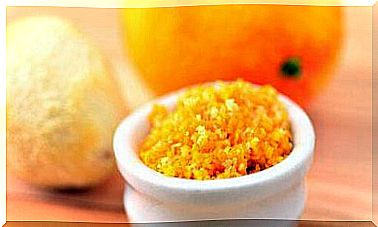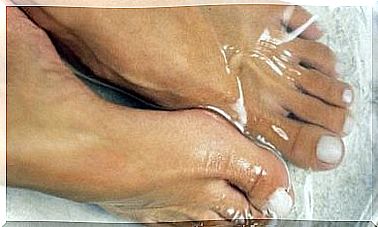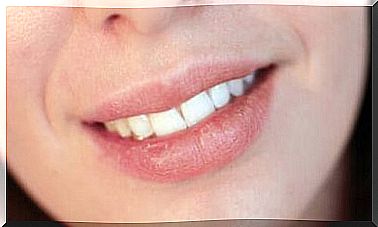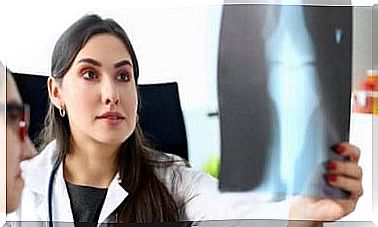Breast Pain And Period: What Relationship?
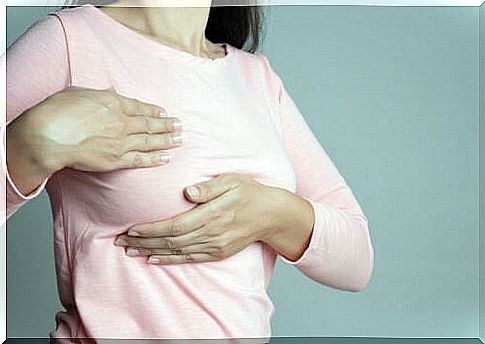
Breast pain, or breast pain, is called mastalgia. There are many women who experience this disorder, to a greater or lesser extent, during premenstrual syndrome. But what is the relationship between breast pain and periods?
It is common in younger women and disappears with the onset of menopause. About 70% of women have tried it at least once in their life.
How are breast pain and periods related to each other?
The menstrual cycle is guided by a series of hormones that can influence how and when it happens. Mastalgia is one of the symptoms that most commonly accompanies it.
It is usually felt during the second half of the cycle (after ovulation, known as the luteal phase) and disappears with bleeding. During this period, the following hormonal changes occur:
- Estrogen peaks during ovulation. This results in a growth of the mammary ducts.
- Progesterone peaks a few days later (day 21). This causes an increase in the mammary lobules, stimulating the formation of cells predisposed to milk production.
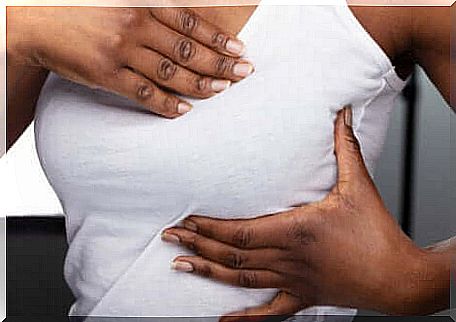
The hormonal imbalances that occur during this phase cause inflammation, swelling and enlargement of the breast, which can often become painful. In the event of pregnancy (with maintenance of high progesterone levels) the inflammation will last longer.
The breast has a greater number of receptors for these substances, which makes it a hormone-dependent gland. To a large extent, the breasts react more easily to hormones than the rest of the body.
Causes of breast pain
Breast pain is mainly related to PMS (one week before menstruation) or benign changes in the breast (eg fibrocystic mastopathy). Although these are the main causes, there are other factors such as:
- High-fat diet.
- Excess of caffeine, theine or chocolate.
- Family history of breast pain during your period.
- Certain medications (hormones, antidepressants, etc.).
- Large breasts (increases breast weight; may be accompanied by back pain or neck pain).
Breast pain is not necessarily a sign of cancer. Only 10% of cases of malignancy can cause mild pain.
Symptoms
There is a difference between menstrual-related breast pain and cycle-independent breast pain.
Breast pain and period
Changes in the breasts caused by the menstrual cycle are the main cause of pain; they are part of the PMS. As we have said, they are related to hormonal changes and have the following characteristics:
- They are more common in young women.
- They generally don’t occur during or after menopause.
- They have a homogeneous and bilateral distribution (both breasts hurt and extend over the entire mammary gland).
- Swelling or inflammation.
- Accumulation or retention of fluid in the breast.
- Slight increase in breast size.
- Turgor (swollen and firm breasts).
- Continuous pain (which can range from mild to severe) only at one stage of the cycle.
- To the touch, small lumps or grains may be felt throughout the breast.
- Increased symptom intensity two weeks before menstruation.
- Disappearance of pain after the onset of menstruation.

Cycle-independent breast pain
Unlike period-related pain, cycle-independent pain has other causes. Among the main ones, a trauma or a benign disease. Typical symptoms are:
- Continuous or intermittent pain, localized in one spot and described as burning and stinging.
- Localized swelling in one part of the breast.
- Symptoms do not vary over time or throughout the cycle.
- It affects, to a greater extent, during menopause.
- It is usually one-sided (only one of the breasts hurts).
When should I go to the doctor?
In principle, any non-cyclical disorder deserves to be evaluated by the gynecologist. It will be good to pay particular attention in case of:
- Change in the shape, color or appearance of the breast skin.
- Leakage of secretions or fluid from the breast.
- Hormonal alterations.
- Presence of new lumps or lumps in the breast.
- Over 40 years of age with no previous mammograms.
- Pain that does not subside or increase in intensity.
- Signs of inflammation (warmth, redness, pus, etc.).
- Pain that interferes with carrying out daily activities.
In summary, breast pain is typically associated with the menstrual cycle and the hormonal imbalances that accompany it. It is rarely a sign of a serious problem. Attention must be paid to it when it is prolonged and intense.

